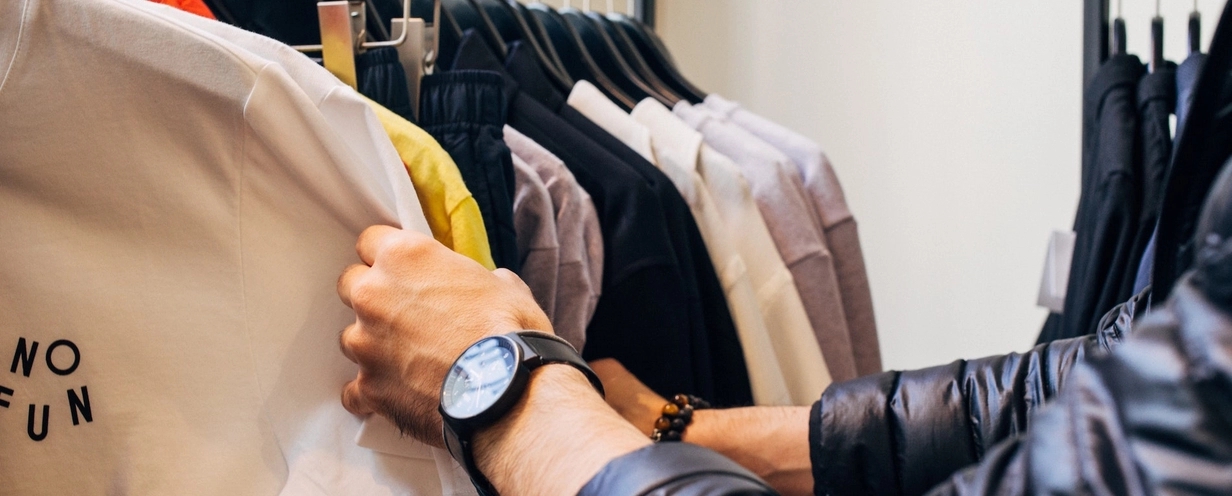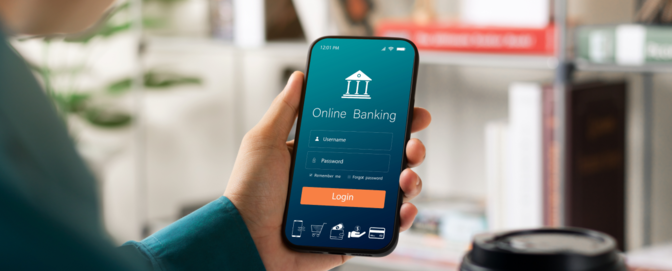
Retail vs online: the current feelings and expectations of European shoppers

The experience of shopping, specifically for non-essential items, varies in importance across people. For some, it was a Saturday ritual to meet up with friends and casually stroll through the shops, picking up things that might catch their eye, and for others, it’s more of a chore they’d rather avoid. However, we’ve all had to do things differently this past year, including shopping.
The lockdown rules currently vary across countries in Europe, so for some, it’s still only possible to shop online, whereas, for other countries like the United Kingdom, non-essential, in-store retail is gradually starting to open throughout April. With 11,000 stores closing in the first six months of 2020 and a spike in online retail sales over the last year, will people go back to shopping in-store post-lockdown, or have they become accustomed to online shopping and will continue to do so?
We launched a study on the UserTesting platform with 10 European shoppers to understand their mindset of returning to the in-store shopping experience, and their recent experiences with online shopping over the past year―four trends stood out to us:
- Online shopping is more convenient, but only when it’s easy
- Online shoppers are more conservative with their spending
- Shoppers miss being able to touch items they intend to buy
- Shoppers relate positive experiences with a human touch
1. Online shopping is more convenient, but only when it’s easy
The pandemic forced stores to close and people to keep their distance, so online shopping has become the norm for many people. According to the IMRG Capgemini Online Retail Index, total online retail sales growth for 2020 was up 36 percent year-on-year—the highest annual growth since 2007. It became the year that retailers had to ensure a seamless online shopping experience, or lose out to competitors.
Most contributors stated they will continue to shop online with their favourite retailers that provide a positive online experience as they see it still being less risky with the remaining threat of contracting COVID-19.
With the use of filters, instant add to cart, and saved card details, shopping online proved to be the winner in regards to convenience. Some contributors noted that unless you live in a central area near a variety of stores, shopping online will always be the preferred option where possible.
Negative online experiences proved to be true when the customer wasn’t in control:
“Automatically checked boxes about subscribing to their newsletters is annoying and gives a negative experience when buying online” - 32-year-old, male
2. Online shoppers are more conservative with their spending
Consumers noted they’re less spontaneous when shopping online and they spend more time thinking about whether they really need to make a purchase. Contributors revealed they spend more time browsing and selecting items to purchase online than in-store for a few reasons:

However, the shoppers made notable exceptions of when they would buy online without hesitation, for example, if the brand has been ‘tried and trusted’. A prior positive shopping experience with a store or brand lifted any reasonable doubt that the consumers were concerned about when buying online.

It’s suggested that consumers are most looking forward to trying new products and brands in-store upon their reopening, being that they have reserved online shopping for ‘tried and trusted’ products where they have had a previously positive in-store experience before the pandemic. One contributor commented they were willing to pay more in-store just to have the reassurance of a salesperson to talk to:
“I’ve purposely paid more in-store when there is a discount for buying online because I’ve wanted to have that conversation with a salesperson about bigger tech items, televisions, etc.” - 38-year-old, Male
This is echoed by the iD Agency, which ran a survey on 340 UK consumers. The survey asserted that trying a new product or service is something shoppers are most excited to try post-lockdown, with 84% agreeing they want to try new brand experiences once the regulations lift.
3. Shoppers miss being able to touch items they intend to buy
Shoppers noted specific items, such as toys, clothes, and shoes, as products they prefer to buy in-person as they can touch it before they buy it―most notably when it’s for other family members, such as young children. Those with children commented they are looking forward to treating their children to a day-out for new toys as they’ve missed out on a year of it and are unlikely to even remember the experience.
Luxury items with higher price tags were also mentioned as the more prominent products that consumers missed not being able to interact with. As these expensive items are usually manufactured with materials of higher quality, consumers were more concerned with buying these items online. Again, the ‘tried and trusted’ brands were in a better position, with consumers commenting they’re more comfortable with spending their money on luxury brands they had purchased previously.
Contributors shared why they’re most looking forward to shopping in-store again:
“When you shop in-store you don’t need to read reviews to understand the quality of the material… I’m just looking forward to the visuals, the lights, the smells—something different” - 56-year-old, Male
Shoppers are excited to hit the stores again for products that have a larger financial commitment such as a sofa, a laptop, or an office chair. These everyday items have been particularly hard for shoppers as they come at great personal and financial expense if they were to get the purchase wrong without first being able to touch and feel the design of the products.
4. Shoppers relate positive experiences with a human touch
We asked shoppers: “What has been the best customer shopping experience you’ve had during the pandemic?” All of the contributors pointed out their most enjoyable shopping experience, be it in-store or online, involved an ‘empathetic touch’. Whether that was a pleasant conversation with a shop assistant, a seller taking the time to understand the buyer’s purchasing reason, or adapting to the shopper’s situation, it was clearly stated it was due to that ‘extra human factor’.
“It was a delightful experience because I felt she really cared and she really listened. I felt like a real person, not just a number to her, she made me feel valued and appreciated.” - 33-year-old, Female
“I had a problem with a dress that I had ordered, I spoke to a lovely lady on the phone...She was happy to send me a return label at no extra cost so that I could return the item for free. She was super easy to talk to and she solved my problem really quickly.” - 25-year-old, Female
As retailers start to reopen to the new normal, it is crucial they take into account the lack of human interaction shoppers have had during the pandemic, and how they can, and should start to reconnect with them upon their return to maximize trust and create an enjoyable shopping experience.
So what should retailers do to keep and attract customers?
In-store retail shopping is expected to make a big hit upon its return as European shoppers are excited about the novelty of returning to the in-store experience and the normality it will bring to their lives. However, many contributors noted they will continue with a 50/50 split of shopping online and in-store.
When re-opening stores, many contributors said they would expect hygiene efforts to remain visibly in place—sanitizer, face masks, and social distancing. Therefore, it’s important that retailers continue to showcase safety as a high priority as shoppers slowly begin to return and people adjust to being back in-store.
When it comes to the online experience, contributors noted more caution when parting with their money online, particularly with new brands over the ‘tried and tested’. Now is the time to get the little things right. Allow shoppers to browse effortlessly, check out efficiently, and ensure a seamless shopping experience as shoppers are now looking for new brands to try in a post-pandemic world.
Retailers are no longer competing with the shop next door; retailers are competing with every positive experience that a consumer has had online. With better customer experiences comes higher expectations, so now is the time for retailers to prioritize building the online shopping experience around their customers to drive new acquisition, loyalty, and a solid fanbase.
Related reading: 27 questions every retailer should ask their customers





